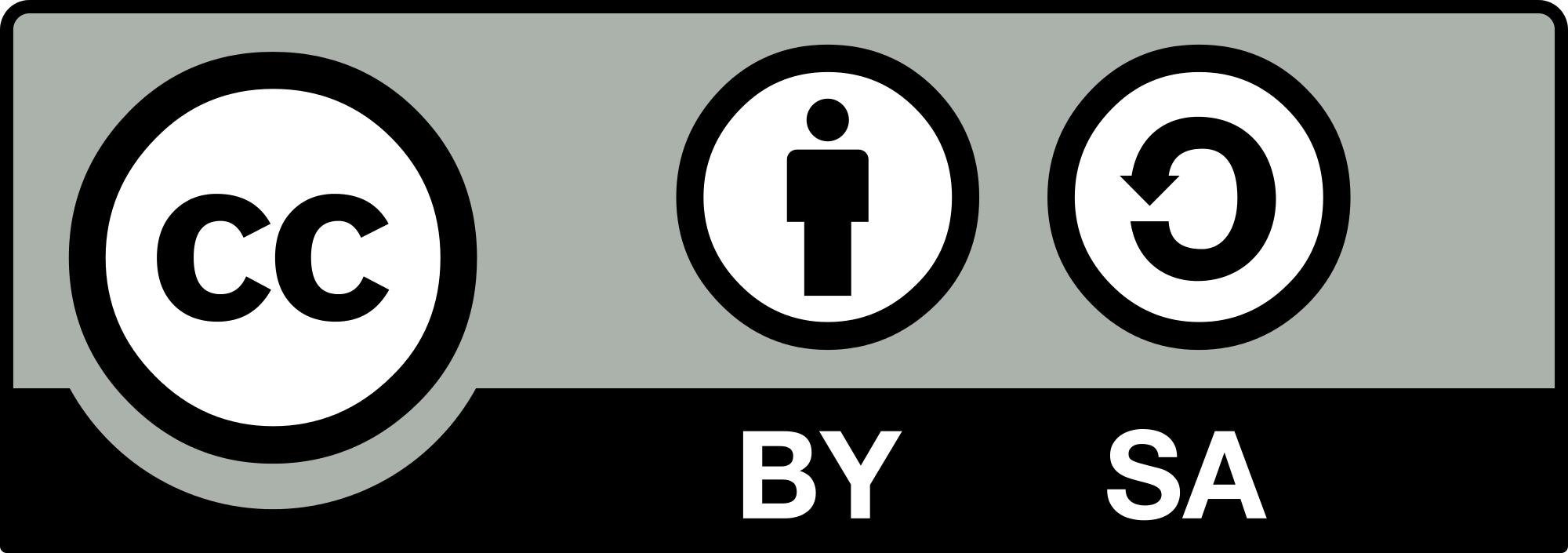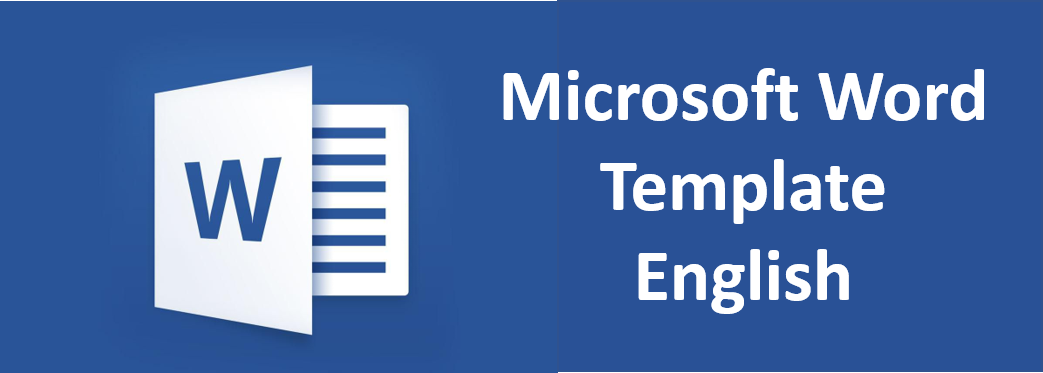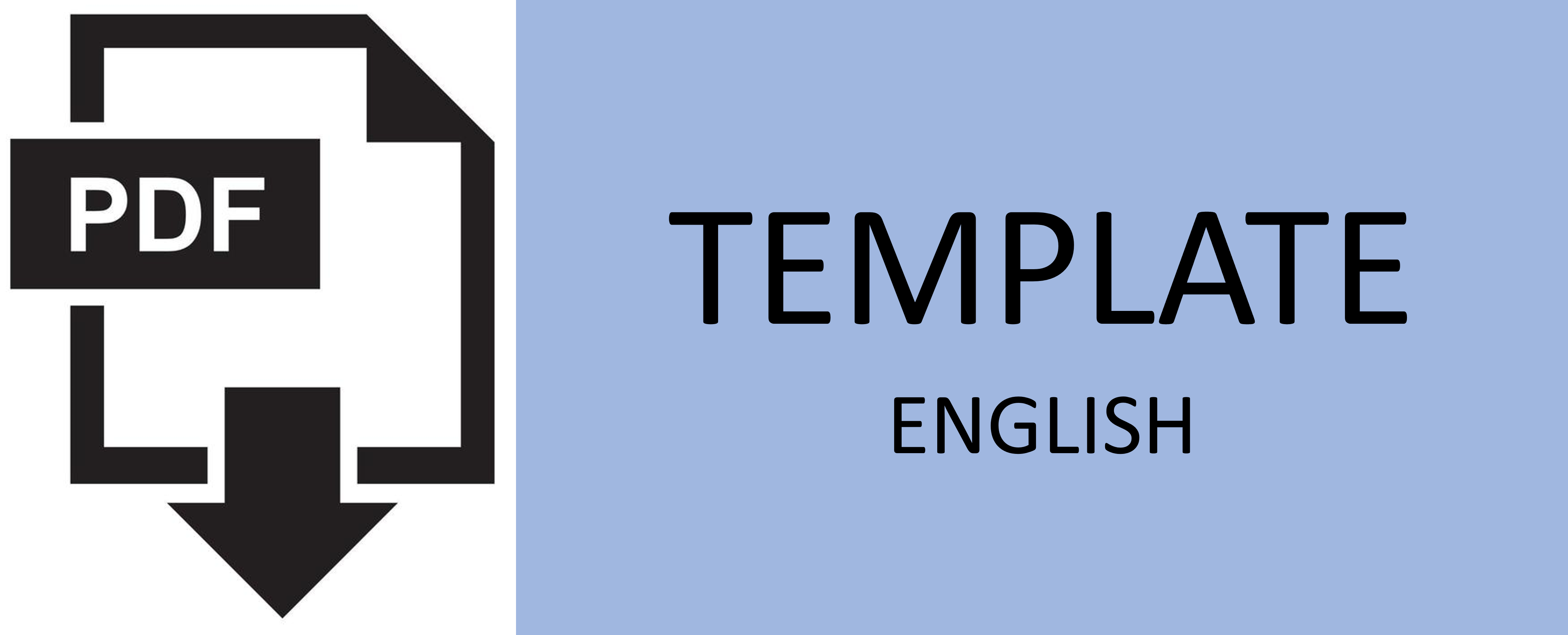INTERACTIVE EFFECTS OF SPAN LENGTH AND RAFTER ANGLE ON THE DUCTILITY AND STABILITY OF STEEL WAREHOUSE STRUCTURES
Abstract
Keywords
References
Kumar, Design of Steel Structures II. 2018.
H. Goel and R. Kumar, “Design and Analysis of
Framed Steel Structure for Warehouse,” 2021.
A. Ghasemof and M. Mirtaher, “A multi-objective
optimization framework for optimally designing
steel moment frame structures under multiple
seismic excitations,” Techno-Press, vol. Vol. 23, No.
(2022) 035-057, 2022, [Online]. Available:
http://www.technopress.com/journals/eas&subpage=7
Gandy, Carbon Steel Handbook. 2007.
B. Gao et al., “Enhanced strength and ductility of the
low-carbon steel with heterogeneous lamellar dualphase structure produced by cyclic intercritical
rolling,” J. Mater. Res. Technol., vol. 23, pp. 6230–
, Mar. 2023, doi: 10.1016/j.jmrt.2023.02.214.
E. Arifi, Perencanaan Struktur Baja Berdasarkan
SNI 1729:2020. 2020.
M. Soori and F. K. G. Jough, “Artificial Intelligent
in Optimization of Steel Moment Frame Structures:
A Review,” World Acad. Sci. Eng. Technol. Int. J.
Struct. Constr. Eng., vol. Vol:18, No:3, 2024, pp.
–158, 2024.
N. Lisperguier, Á. López, and J. C. Vielma, “Seismic
Performance Assessment of a Moment-Resisting
Frame Steel Warehouse Provided with Overhead
Crane,” Materials, vol. 16, no. 7, p. 2815, Mar. 2023,
doi: 10.3390/ma16072815.
X. Chun Liu and X. Wu Liu, “Seismic performance
of recentering energy dissipation bracing with
pendulum in prefabricated steel frame structure
systems,” Sci. Direct, 2024, [Online]. Available:
https://www.elsevier.com/locate/jcsr
R. Y. Liu and Y. Z. Zhu, “Behavior of the damagetolerant beam-column connection for earthquakeresilient steel frame: Experimental and numerical
study,” 2024.
J. H. Ling, Y. T. Lim, and E. Jusli, “Methods to
Determine Ductility of Structural Members: A
Review,” J. Civ. Eng. Forum, pp. 181–194, May
, doi: 10.22146/jcef.6631.
B. Gao, L. Wang, and Y. Liu, “High-strength, highductility low-carbon steels are critically needed to
facilitate structural lightweighting and enhance
overall structural safety.,” Elsevier, 2024, [Online].
Available: www.elsevier.com/locate/jmrt
M. Bruneau, C.-M. Uang, and A. Whittaker, Ductile
design of steel structures, 2nd ed. New York:
McGraw-Hill, 2011.
M. A. Faizy and S. B. B. Aval, “Seismic behavior of
a novel slotted steel plate shear wall under
monotonic, cyclic, and time history analysis,”
Elsevier, 2023, [Online]. Available:
https://www.elsevier.com/locate/structures
R. A. Tamboli, Handbook of Structural Steel
Connection Design and Details, Third Edition. 2017.
S. Benedetto and A. B. Francavilla, “Seismic
behaviour of a steel moment resisting frame structure
featuring hourglass double split tee joints,” 2024.
AISC 341-16, “Seismic Provisions for Structural
Steel Buildings.” 2016.
AISC 360-16, “Specification for Structural Steel
Buildings.” 2016.
H. Slack and F. Walport, “A consistent approach to
the definition of initial geometric imperfections for
in-plane stability design of steel moment frames,”
Elsevier, 2024, [Online]. Available:
www.elsevier.com/locate/structures
L. yi Yang and M. Ye, “Seismic performance of steel
frame structures equipped with novel displacementamplified friction dampers,” Sci. Direct, 2024.
S. Jahanpanahi and I. Shamim, “The task of
strengthening existing structures in high seismicity
regions, particularly those prone to weak
performance during strong ground motions, presents
a significant challenge to design engineers,” KSCE
J. Civ. Eng., 2024.
L. Possidente and F. Freddi, “Dynamic increase
factors for progressive collapse analysis of steel
structures considering column buckling,” Elsevier,
, [Online]. Available:
https://www.elsevier.com/locate/engfailanal
S. Ibanez and M. Kraus, “Numerical method for the
primary torsional capacity of arbitrary steel cross
sections considering nonlinear plastic behaviour,”
Elsevier, 2024, [Online]. Available:
https://www.sciencedirect.com/journal/results-inengineering
H. N. Hu and H. truong Viet, “Machine Learningbased prediction of seismic lateral deflection of steel
trusses using nonlinear time-history analysis,”
Elsevier, 2024.
Journal of Civil Engineering / Vol. 38 No. 2/ October 2023
A. S. Patil and P. D. Kumbhar, “Time History
Analysis of Multistoried RCC Buildings for
Different Seismic Intensities,” 2013.
N. G. Leiva and R. A. Herrera, “Numerical modeling
of beam plastic hinges in steel moment resisting
frames including local buckling and
stiffness/strength degradation,” Sci. Direct, 2024,
[Online]. Available:
https://doi.org/10.1016/j.istruc.2024.107260
M. Liapopoulou and P. J. Stafford, “Durationdependent seismic collapse capacity prediction for
steel moment resisting frames,” Elsevier, 2024,
[Online]. Available:
https://www.elsevier.com/locate/jobe
N. D. Lagaros, C. Ch. Mitropoulou, and M.
Papadrakakis, “Time History Seismic Analysis,” in
Encyclopedia of Earthquake Engineering, M. Beer,
I. A. Kougioumtzoglou, E. Patelli, and I. S.-K. Au,
Eds., Berlin, Heidelberg: Springer Berlin
Heidelberg, 2013, pp. 1–19. doi: 10.1007/978-3-
-36197-5_134-1.
M. C. Perez, “Limit analysis of planar steel frames,
in-element plastic-hinge for uniformly distributed
loads,” Sci. Direct, 2024, [Online]. Available:
https://doi.org/10.1016/j.ijnonlinmec.2024.104827
L. K. Aswini, “Pushover analysis A Review,” vol.
, 2024, [Online]. Available:
https://www.researchgate.net/
Q. T. Yi and Z. He, “A novel efficient plastic hinge
approach for direct analysis of steel structures,”
, [Online]. Available:
https://www.elsevier.com/locate/engstruct
G. S. Patil and D. M. B. Chougule, “159 Warehouse
Design,” 2020.
Alan Scott Hoback and Naser Katanbafnezhad,
“Optimum roof angles of steel gable frames with
pinned supports.” 2020.
ASCE 7-22, “Minimum Design Loads
andAssociated Criteria for Buildingsand Other
Structures.” 2022.
DOI: http://dx.doi.org/10.12962%2Fj20861206.v40i2.22152
Refbacks
- There are currently no refbacks.

Journal of Civil Engineering is licensed under a Creative Commons Attribution-ShareAlike 4.0 International License.







.jpg)